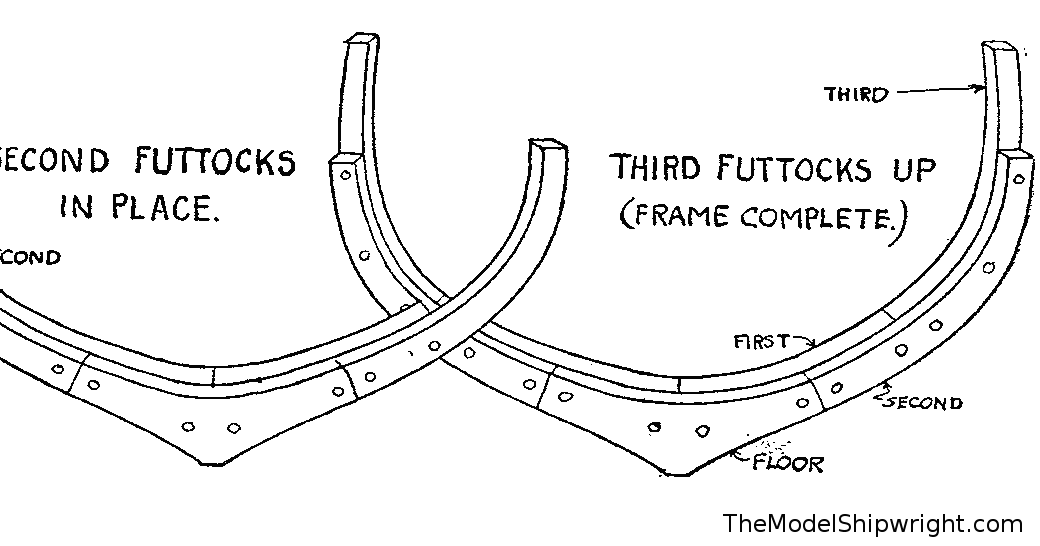- Joined
- Jul 24, 2016
- Messages
- 485
- Points
- 158

Hi Guys
Started my HMS Brandford 1:48 about 4 weeks ago
Brandford was the first in long series of similar ships, equipped with oar was a steppingstone between galley type frigates and true frigates from 1750
The sheer number of superbly laser cut parts is quite astonishing.
Each Frame is made up of 15 ribs which are laid in two layers as on a real ship There are 64 Frames which means nearly 1000 parts on the frames alone
My kit came with the Jig badly cut but I contacted the company, and a new Jig was sent from Chine and arrived a week later - MOST IMPRESSIVE
I will post a suggestion of building these frames as they need to be very accurately constructed
The keel again come in a number of parts as per a real ship and even has a False Keel (Which on a Fullsize ship allowed damage to be minimalist in the case of running aground. this is partially built in the jig to allow accurate placing of the parts

Started my HMS Brandford 1:48 about 4 weeks ago
Brandford was the first in long series of similar ships, equipped with oar was a steppingstone between galley type frigates and true frigates from 1750
The sheer number of superbly laser cut parts is quite astonishing.
Each Frame is made up of 15 ribs which are laid in two layers as on a real ship There are 64 Frames which means nearly 1000 parts on the frames alone
My kit came with the Jig badly cut but I contacted the company, and a new Jig was sent from Chine and arrived a week later - MOST IMPRESSIVE
I will post a suggestion of building these frames as they need to be very accurately constructed
The keel again come in a number of parts as per a real ship and even has a False Keel (Which on a Fullsize ship allowed damage to be minimalist in the case of running aground. this is partially built in the jig to allow accurate placing of the parts

Last edited:


















